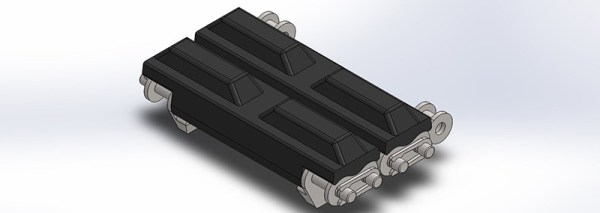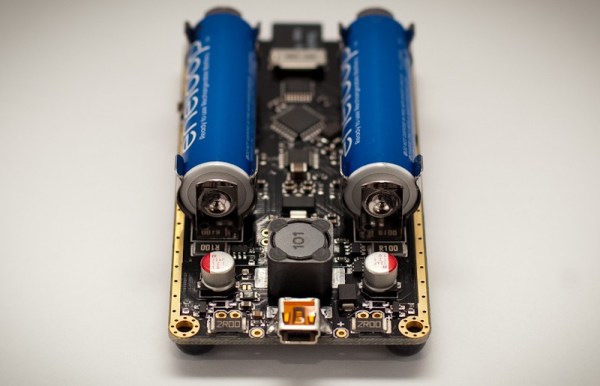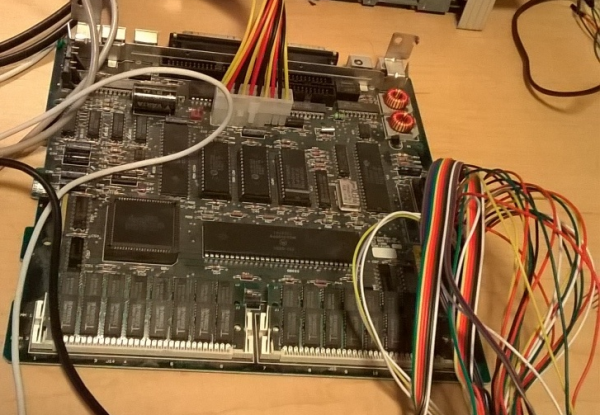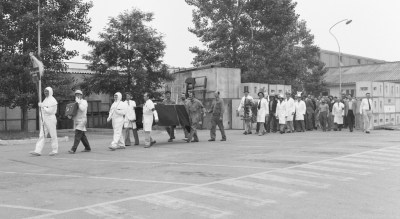[Izzy Swan] is a popular wood working YouTuber who recently fell in love with [Theo Jansen’s] kinetic art — the Strandbeest. Naturally, he had to make his own; but with his own flare of course.
If’ you’re not familiar, [Theo Jansen’s] Strandbeest is a walking kinetic sculpture, powered by wind. It’s inspired a Hamster Ball powered Strandbeest, some nice 3D printed ones, and even a paper craft version! Mechanically, it’s quite a marvel — his TED talk about them is fantastic.
When [Izzy] saw all those legs moving, he knew he had to recreate it — so he came up with this two legged version that pushes him around — kind of like a tricycle, but the back wheels are… legs? It’s an oddity for sure, but an impressive feat nonetheless. Not to mention he’s powering the whole thing using a little cordless drill…
Despite it looking like machined aluminum, it is in fact made of wood, though it does feature a metal gearbox using worm gears to transfer torque from the drill. We want to see a Segway version of this… we might have to make use of the laser cutter in the office…



 As [Chao] points out, the material is only a prototype, but it looks like a winner down the road. The possibilities for an adaptive material like this are endless. [Chao] imagines a picnic pavilion with a roof that snaps shut when it rains, and has built a working model. What about window shutters that let air and light in but close up automatically in that sudden summer storm? Self-deploying armor for your next epic Super Soaker battle? Maybe there are more serious applications that would help solve some of the
As [Chao] points out, the material is only a prototype, but it looks like a winner down the road. The possibilities for an adaptive material like this are endless. [Chao] imagines a picnic pavilion with a roof that snaps shut when it rains, and has built a working model. What about window shutters that let air and light in but close up automatically in that sudden summer storm? Self-deploying armor for your next epic Super Soaker battle? Maybe there are more serious applications that would help solve some of the 















